Bob Micheel on plans to remove Coon Creek dams after floods
Monroe County Land Conservation Department Director Bob Micheel describes how 2018 floods breached aging dams in southwest Wisconsin's Coon Creek watershed and why they are to be decommissioned.
By Nathan Denzin | Here & Now
November 21, 2024 • Southwest Region
VIDEO TRANSCRIPT
Bob Micheel:
And this structure breached in the 2018 flood event. So, we had three structures in 2018 breach, and we had three other ones that overtopped and took a lot of damage. If you look behind me, you can see this big wall, and what we found is all the structures that breached, three in the Coon Creek and two in the West Fork. The Coon Creek structures, if you've seen one structure, you've seen 'em all, 'cause they breach the same way. So we're on the opposite side of the auxiliary spillway. When they design the structures, they never envision them overtopping. So the structures are pitted, meaning that in the center is the most filled because of settlement, and it drains towards the auxiliary spillway. And then on this side, it drains towards the hill or the abutment. So looking downhill, this is the left-side abutment, and when we had all that rain in the night of the 28th at 2 in the morning, it breached about 2:15. If you were standing on top of the dam, which is about 39 feet above the valley floor, your boots would've been in water. That's a lot of water. And so what it did is focused all the water on this side — now is concentrated, running along the hillside and where the dam groin is. And then at the same time, this whole reservoir is full like a bathtub, and there's water percolating through these cracks and crevices because of the sandstone that the fractured soils and piping at the same time, which led to the breach. So in that breach, we did a calculation here, in about 25,000 yards of material left in that one event. So that's in an hour or two. To put that back, it would take millions of dollars. And where are we gonna get the soil to put it back?
Nathan Denzin:
So why there were a lot of different alternatives that were studied in this to figure out what to do with these. Why was removal the best option?
Bob Micheel:
So again, they looked at all the options. There was about nine different scenarios that they ran through, and it's a cost benefit — the environment, looking at what is reasonable and what can be done. And so two options were carried forward. Do nothing, which obviously, liability-wise and safety — you can't do that. The second alternative is decommission. And so decommissioning — the cost benefit — NRCS hired a consultant to do this study. That was the outcome of the study. Obviously, meeting with all the stakeholders, and that includes citizens, public entities and so forth, and having this conversation. And so decommissioning — pulling these structures out — they've met their life of over 50 years. The federal interest is 50 years. These dams are in their sixties now. We've seen what happened in 2018. We have 11 more structures that are still standing. That potential of happening again is still there. So what are their options — cost-wise, benefit-wise, floodplain-wise — is to decommission. And so that's what we'll be moving forward with.
 Passport
Passport




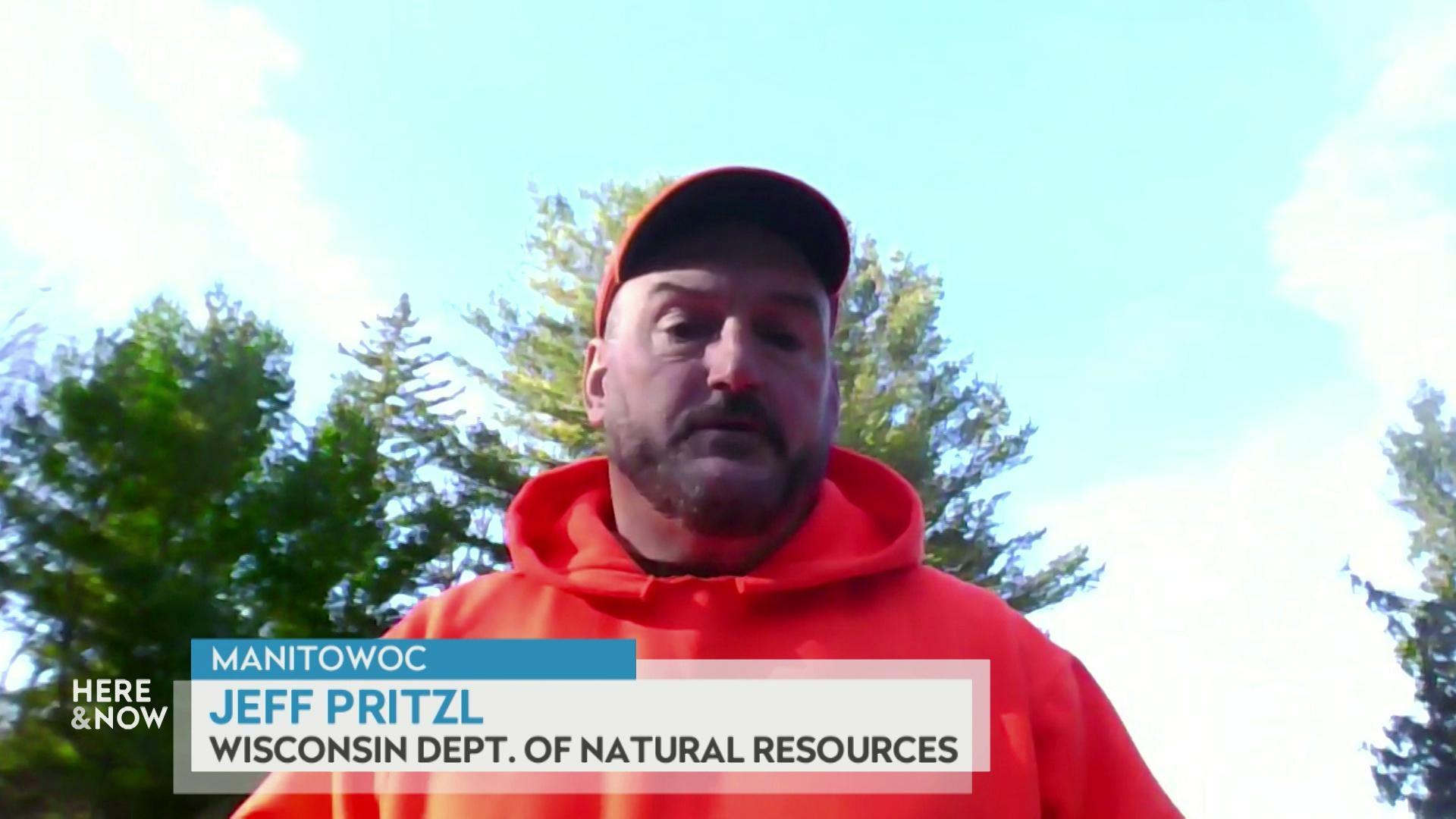
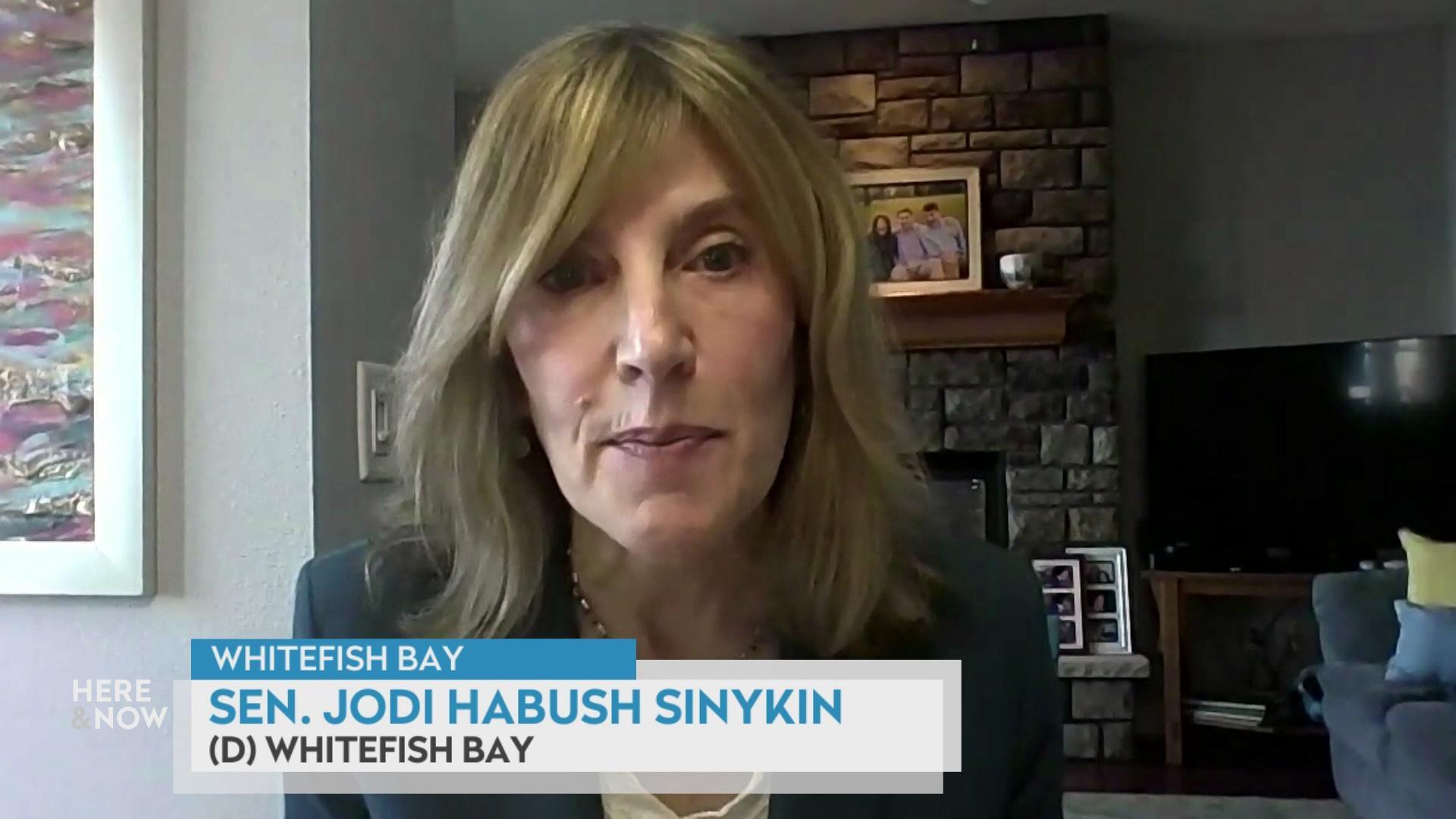

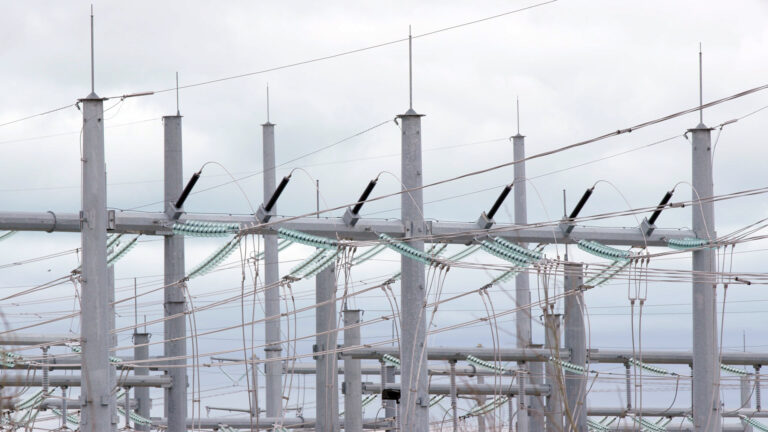
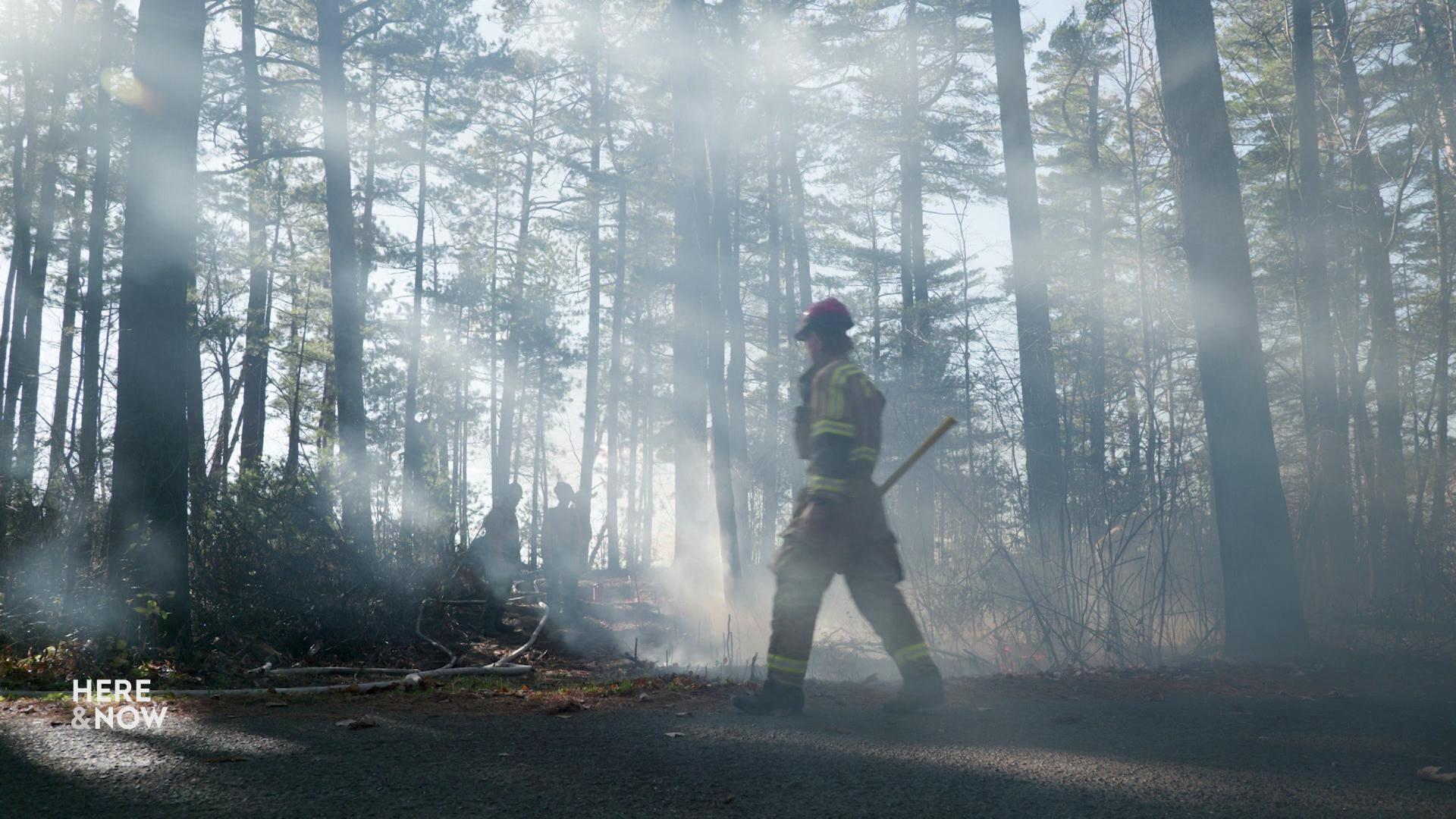
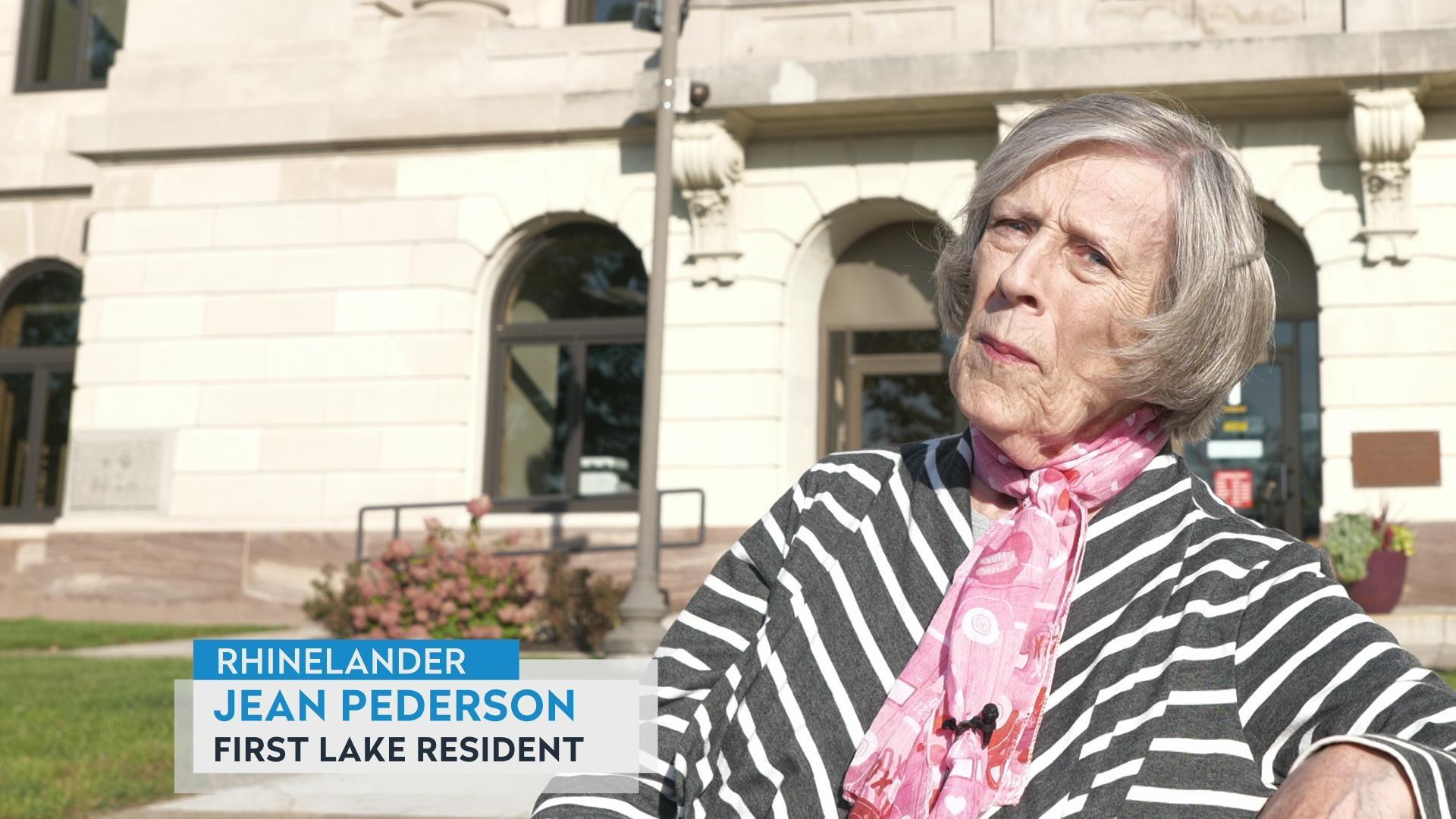

Follow Us